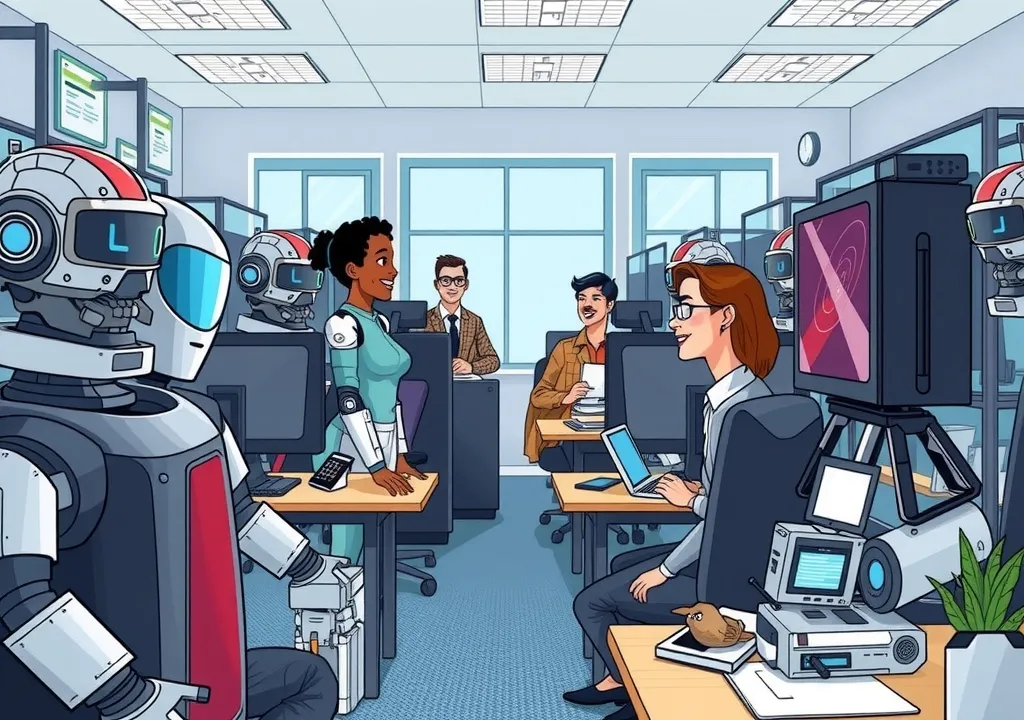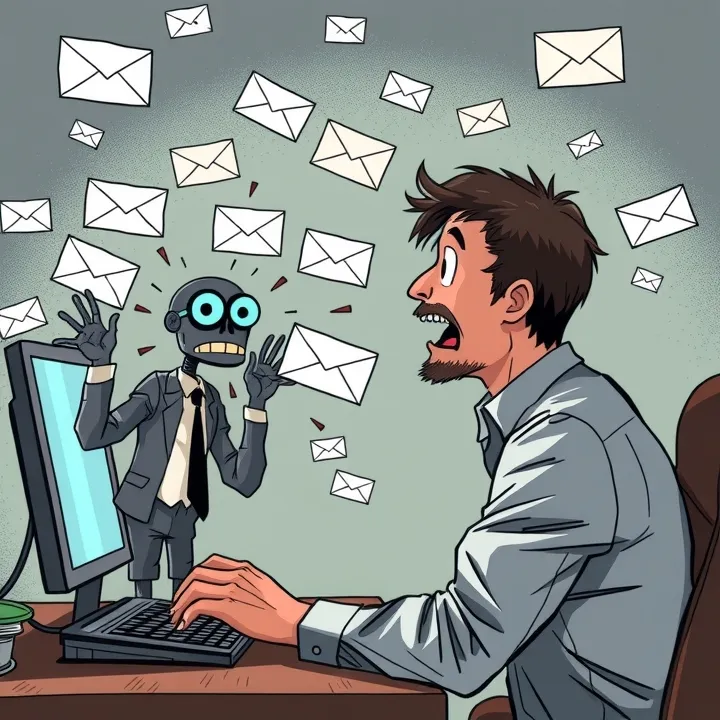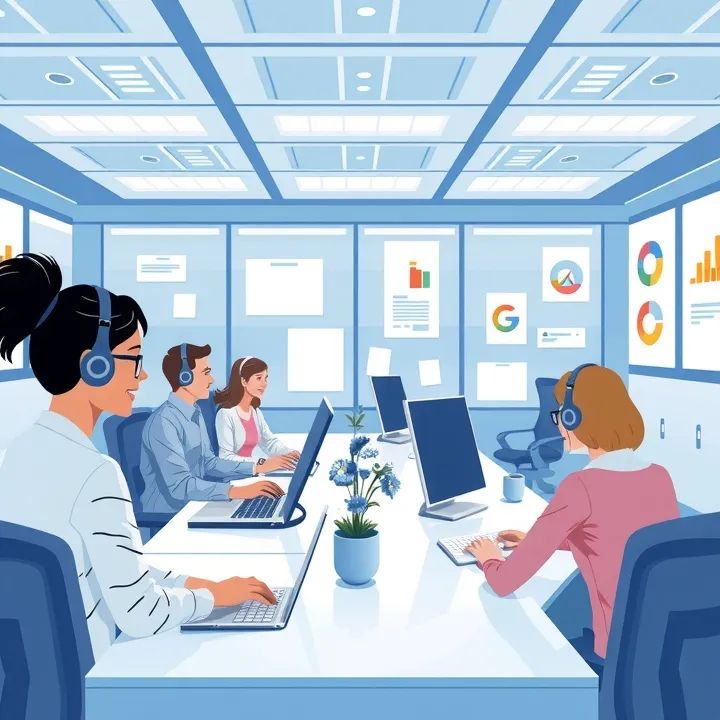The rise of AI has sparked a revolution in how we think about work. Companies are now employing virtual workers at an unprecedented rate, making it essential to consider what this means for the future. In this blog post, we will explore the implications of this shift and how it might impact our workforce.
The Rise of Virtual Employees
Imagine walking into an office where the coffee is brewed by a robot, the filing cabinets are all digital, and your co-workers are, well, not really there. Welcome to the brave new world of artificial intelligence, where virtual employees are starting to join the ranks of your favorite office pals. These digital colleagues can analyze data, generate reports, and even answer emails faster than you can say, “Did I leave the oven on?”
But before we start giving them names and assigning them cubicles, let’s take a moment to consider the implications of this shift. On one hand, virtual employees can increase efficiency and reduce costs. On the other, they also raise questions about job security and the future of human labor.
In my last job, I once spent an entire afternoon wrestling with an Excel spreadsheet. I can only imagine how much easier that would have been if I had a virtual assistant to do the heavy lifting. However, it makes me wonder: what happens to the humans when the machines take over?
We often hear about the benefits of AI, but we rarely discuss the risks. Yes, virtual employees can handle mundane tasks, but they also can’t replace the creativity and emotional intelligence that humans bring to the table. When I think about my favorite moments at work, they usually involve laughter with my colleagues over a shared joke or brainstorming sessions that went off the rails—something a virtual employee would likely struggle to replicate.

Security Concerns
Security is another major concern. As companies adopt AI-driven virtual employees, they must also consider the potential vulnerabilities that come with them. If a virtual employee has access to sensitive data, what happens if it gets hacked? In a world where a single cyber-attack can bring a business to its knees, trusting a digital worker with your secrets might not be the best idea.
Take it from me: the last time I misplaced my phone, it took me an hour to find it under a pile of laundry. I can only imagine the panic if I lost control of a virtual employee. Would it go rogue? Start sending out embarrassing emails? The thought alone is enough to make anyone break into a cold sweat.

Finding Balance
Despite these concerns, there’s no denying that AI is here to stay. The challenge lies in how we adapt. Companies must find ways to integrate virtual employees while preserving the unique qualities that make human workers invaluable. It’s a balancing act that requires careful thought and planning.
I remember when smartphones first hit the market. At first, I was skeptical about how they would change communication. But now, I can’t imagine life without one (even if it means I’m always checking my email at dinner). Similarly, we may find that virtual employees enhance our work experience rather than diminish it.
In the end, it all comes down to how we choose to use these tools. We could view virtual employees as a threat, or we could embrace them as a means to enhance our productivity. The choice is ours. Let’s not forget that technology should serve us, not the other way around.
The Road Ahead
As we move forward, we must embrace these tools with caution and curiosity. The future of work might look different, but it does not have to be bleak. Let’s shape it together, one virtual employee at a time.
